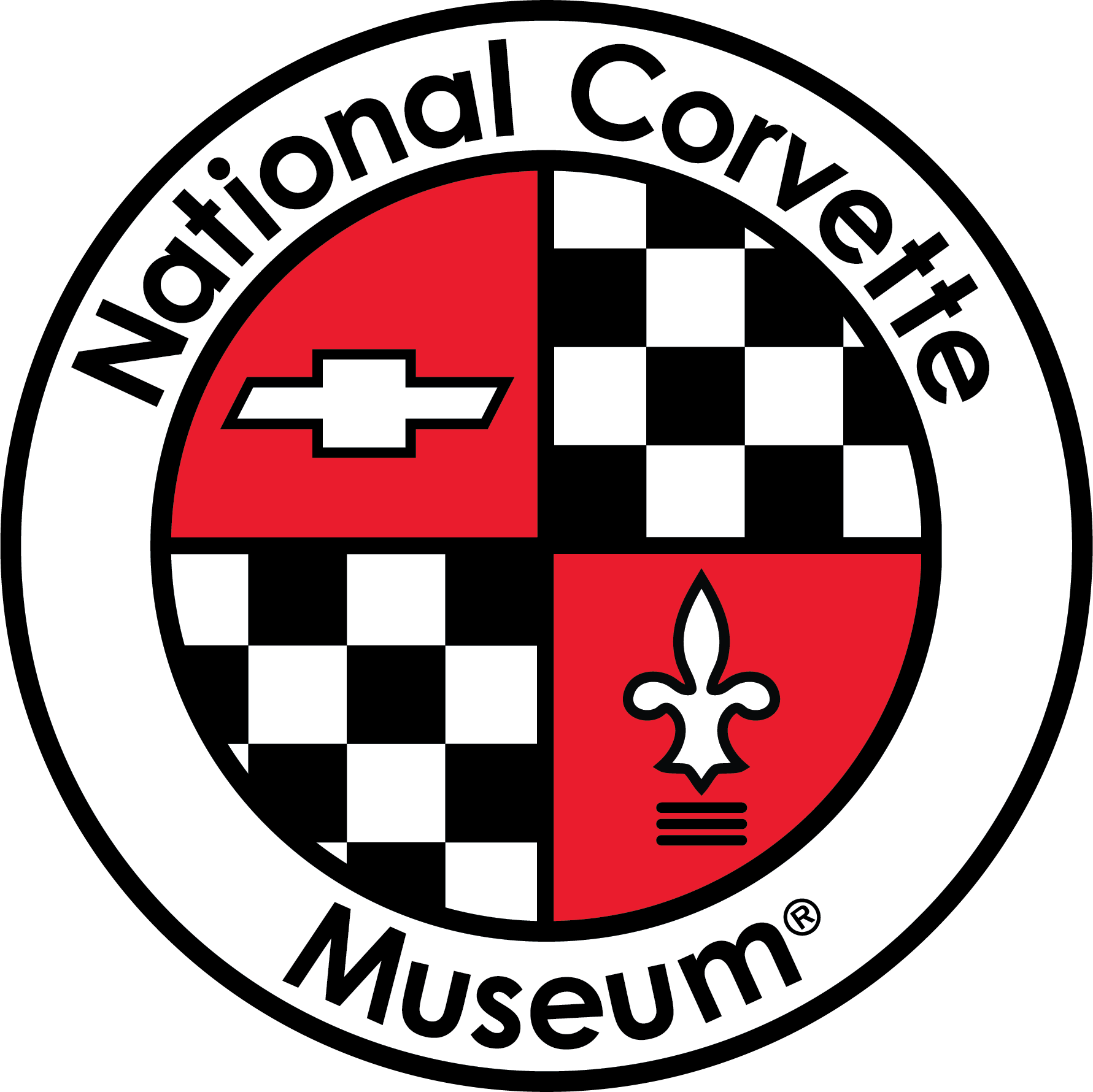Why There’s no mistaking a corvette for anything but a corvette
The aerodynamic lines of America’s original sports car make it the one automobile nobody mistakes for anything else. In a coupe or Convertible this is the genuine article, designed and engineered without compromise. Corvette stands proudly alone, because nobody but Chevrolet can turn out a car like this on a production line. And it’s as honest as it is beautiful. As you’ve learned to expect, Corvette goes, stops and handles like nothing else. The basic engine for the 1969 was a very healthy 350 CID 300-hp V8 (which is plenty enough for most, but the option to order one with up to 435-hp was also available). Disc brakes at all four wheels remained standard. Road grabbing 15-inch wide ovals plus new 8-inch wide wheels and wider tread gave the Stingray a better grip… and an even bolder appearance. Other subtle but significant refinements include a stronger, more rigid frame for improved ride and handling, new maximum security 3-way locking system on the steering column and unique headlight washers that even clean in motion with jets of water. Shown here are the ways you can get it: Coupe with removable hardtop sections; Convertible with soft top or removable hardtop.
If It Has Anything To Do With The Engine There’s A Gauge For It
The sales brochure in 1969 claimed that the car had a gauge “for everything but your blood pressure”. Tachometer, ammeter, oil pressure, sweep second rally clock, fuel gauge, mileage and trip odometer, warning lights for seat belts, headlight position and door ajar. The center console houses fingertip controls for the heater, defroster, radio, vents, ashtray, cigarette lighter, shift lever and parking brake, plus an engine rating plate and softly glowing space-age fiber optics that monitor outside running lights. Color-keyed deluxe push button seat belts and inertia action shoulder belts, on the Coupe, retract out of the way when not in use. From slimline bucket seats, drivers enjoy just the just right feel of the new competition steering wheel with resilient rim. The windshield wipers and their new integral washers are completely hidden from view when not in use. After you get rolling, improved Astro Ventilation provides noiseless, draft-free outside air. Color keyed comfort extends to the use of seep, soft carpeting that stretches back across the luggage area. Under that carpeting behind the seats you will find a storage areas housing the battery, another for the jack and tools, and a third for valuables (with a push button key lock). More inside news includes door assist grips, armrests designed to shield door handles and lock buttons, rear compartment courtesy light and built-in head restraints.
300-hp, 350-hp, 390-hp, 400-hp, 435-hp. Say When.
To propel your Stingray you can choose this 427 CID power plant with a special high doomed hood- or any one of its spirited brothers. The choice you make depends primarily on what kind of spirited performance suits you best. Check the specifications and pick the transmission and rear axle ratio that fit your idea of sports car capability and you’ll have a tailor-made package. How about triple 2-barrel carburetion? You get it with the 435-hp and the 400-hp 427 CID engines. Want Turbo Hydra-Matic? It’s available with all three Turbo-Jet 427 V8’s in addition to the standard 300-hp and the 435-hp V8.
New Corvette power team features for ’69 include new, larger 350 CID 300-hp engine as standard, or a 350-hp version is available, sturdier engine construction on the 350 CID, thicker bulkheads and main bearing caps, firmer crankshaft clamping with longer washer head bolts, extra firm 4-bolt main bearing cap attachment and improved cooling system.
We even have a special engine (L-88) that we don’t recommend for street use.
Transmissions: Standard 3-Speed fully synchronized ; 4-Speed fully synchronized (wide-range or close-ratio); Turbo Hydra-Matic which operates automatically unless you want to shift it through three forward ranges.
Of course, four-wheel disc brakes are still standard on Corvette- and in stopping ability, fade resistance and modulation they are very much appreciated by just about anybody interested in sports cars. Other features you get with Corvette include a new anti-interference ignition system, a high-output Delcotron generator, high-capacity energizer type battery, rustproof fiber glass body- and everything put together with a thoroughness and attention to detail that Corvette owners fully understand.
Standard equipment safety and security features on the 1969 Corvette include: energy absorbing steering column, seat belts with push button buckles, shoulder belts with inertia retractors (Coupe only), head restraints, passenger-guard door locks, safety door latches and hinges, four-way hazard warning flasher, dual master cylinder brake system with warning light and corrosion-resistant brake lines, tire safety rims, folding seat back latches, dual-speed windshield wipers and washer, dual-action safety hood latch, outside rear-view mirror, back-up lights, side marker lights and parking lights that illuminate with headlights, energy absorbing instrument panel, padded sun visors, reduced-glare instrument panel top, inside windshield mouldings, steering wheel hub and windshield wiper arms and blades, wide inside day-night mirror with deflecting base, lane-change feature in direction signal control, safety armrests, thick-laminate wind-shield, soft, low-profile window control knobs, smooth contoured door and window regulator handles, anti-theft ignition key warning buzzer, starter safety switch (to prevent engine starting when in gear) on all transmissions, snag-resistant steering wheel hardware, non-projecting wheel trim, improved fuel tank retention, headlight aiming access provision, fail-safe concealed head-lights, anti-theft ignition, steering and transmission lock.
Corvette Makes driving fun- and a lot more comfortable
Why shouldn’t you have air conditioning if you want it? No good reason. The sales brochure in 1969 asserted that that it was a useless old idea that sports cars were generally uncomfortable. Air-conditioned comfort was just the beginning. A steering wheel that telescopes and tilts up and down adds another large degree of pleasure to any driving situation. For winter weather add a rear window defroster for Convertible or Coupe. Handsome bits of dash included wheel covers and bright rim for the front fender louvers. Colors available for convertible tops were black or white. A black vinyl roof cover for the removable hardtop can be ordered. Other extras for your consideration: Aluminum cylinder heads for the 435-hp engine, luggage carrier, emergency road kit, clear vinyl floor mats, full-transistor ignition system (not available with 300-hp Turbo Fire 350 V8), Gas cap lock, Hand portable spot-light, Side-mounted exhaust system, Positraction rear axle, Power brakes, Power steering, Heavy-duty dual disc clutch, Special brake system, Engine block heater, Power windows, Push-button AM/FM radio with twin speakers, FM Stereo Multiplex, Rear window defroster, Removable hardtop for Corvette, Special purpose front and rear suspension with 435-hp engine, Speed warning indicator, Tilt-telescopic steering wheel, Audio alarm system, Red or white stripe tires.
Mechanical Dimensions
| Feature | Convertible | Coupe |
|---|---|---|
| Wheelbase | 98 inches (2.489 m) | 98 inches (2.489 m) |
| Overall length | 182.5 inches (4.636 m) | 182.5 inches (4.636 m) |
| Overall width | 69.0 inches (1.753 m) | 69.0 inches (1.753 m) |
| Overall height | 47.9 inches (1.217 m) | |
| Front tread | 58.7 inches (1.491 m) | 58.7 inches (1.491 m) |
| Rear tread | 59.4 inches (1.509 m) | 59.4 inches (1.509 m) |
| Frame | Full-length welded-steel ladder type with five cross members. Steel box sections, welded. | |
| Front suspension | Independent, unequal-length A-arms, coil springs; tubular shocks and stabilizer bar | |
| Rear suspension | Independent, trailing arms, toe links, transverse chromium-carbon steel leaf spring, tube shocks, and anti-roll bar | |
| Steering | Saginaw recirculating ball, 17.6:1 ratio, 2.9 turns to lock, 39.0 turning circle | |
| Rear axle type | Sprung differential, Hypoid gear | |
| Brakes | Hydraulic, vented four wheel discs; 11.75-inch diameter, single calipers | |
| Total swept area | 461 sq. in. | |
| Wheels | 8″ wide slotted steel 15″ 5-lug disc | |
| Standard rear axle ratio | 3.36:1 | |
| Optional rear axle ratio | 3.08:1, 3.36:1, 3.55:1, 3.70:1, 4.11:1, 4.56:1 | |
Engine Specifications
| Feature | Base Engine | RPO L46 | RPO L36 | RPO L68 | RPO L71 | RPO L88 | RPO L89 | RPO ZL1 |
|---|---|---|---|---|---|---|---|---|
| Type | V-8, Overhead valve | |||||||
| Block | Cast Iron | |||||||
| Displacement | 350 cid | 427 cid | ||||||
| Bore & Stroke | 4.00 x 3.48″ | 4.251 x 3.76″ | ||||||
| Compression Ratio | 10.25:1 | 11.0:1 | 10.25:1 | 10.25:1 | 11.0:1 | 12.0:1 | 12.0:1 | 12.5:1 |
| Brake Horsepower | 300 | 350 | 390 | 400 | 435 | 430 (actually about 560) | 435 | 430 |
| Torque | 300 lb-ft | 460 lb-ft | 460 lb-ft | 450 lb-ft | ||||
| Main Bearing | Five | |||||||
| Valve Lifters | Hydraulic | Mechanical | ||||||
| Camshaft | High perf. cam | Special perf cam | Special ultra high performance camshaft with .5365-inch intakes | Special ultra high performance camshaft | ||||
| Fuel Supply | Rochester four-barrel Model 7029203 | Rochester four-barrel | Rochester four-barrel | Three Holley two-barrels | Holley four-barrel | Single Holley 850CFM four-barrel on aluminum manifold | ||
Color Options:
- Tuxedo Black
- Can-Am White
- Monza Red
- Lemans Blue
- Riverside Gold
- Fathom Green
- Daytona Yellow
- Cortez Silver
- Burgundy
- Monaco Orange
Interior Colors:
- Black
- Red
- Blue
- Gunmetal
- Saddle
- Green
Production Options and Build Statistics
Total 1969 Corvettes Built- 38,762
Convertibles- 16,633
Coupes- 22,129

